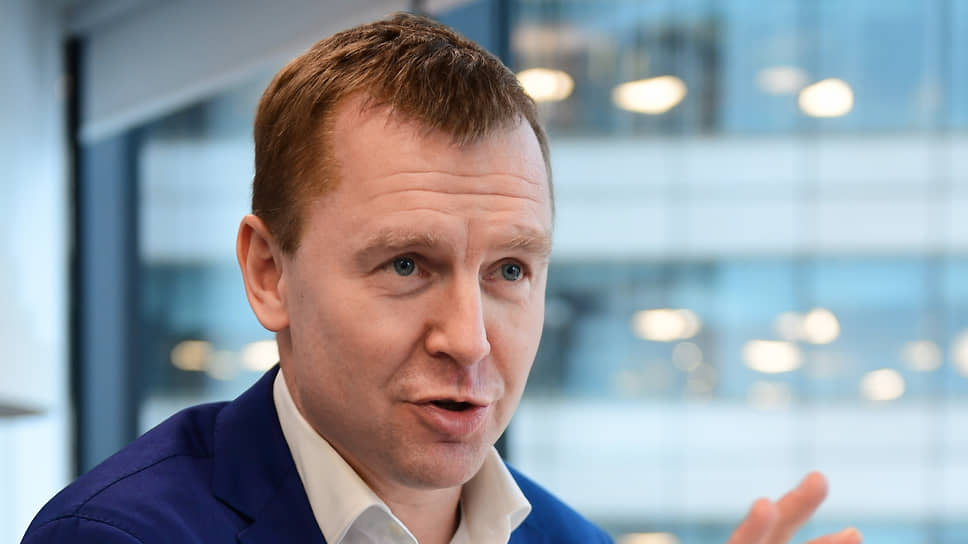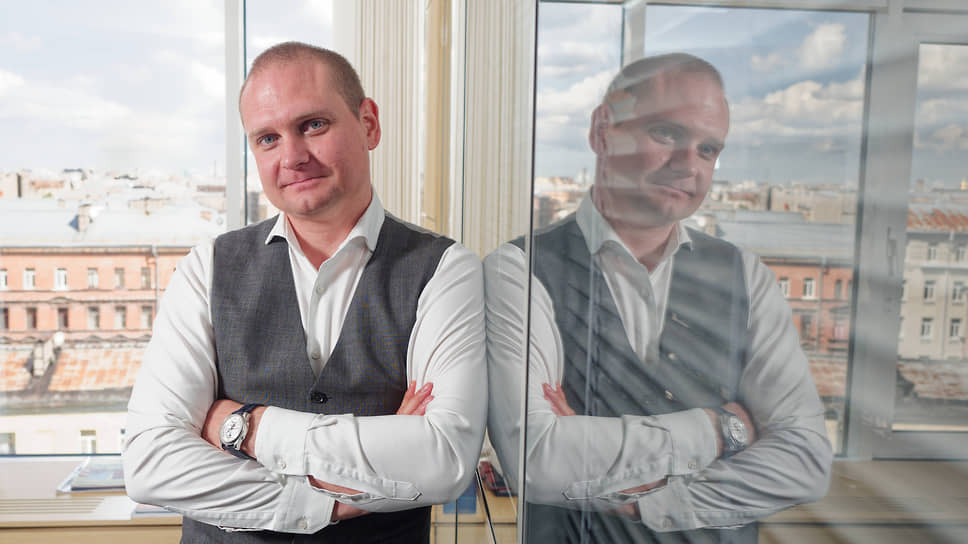How private investors are transforming the IPO market
[ad_1]
Private investors, who have become a key driving force in the Russian stock market over the past year and a half, have begun to shape trends in the primary equity capital market. This increases companies’ ability to raise funds, but also leads to a distortion of fair valuations and increased volatility. However, institutional investor activity remains insufficient and selective, and foreign capital is not expected in the near future. Therefore, placement organizers and issuers are beginning to look for mechanisms to adapt to the complex nature of citizen investors.
Citizens lend a shoulder
Unexpectedly, including for stock market professionals, 2023 may repeat the success of a positive 2021 on the IPO market, when the pandemic has already ended and hostilities in Ukraine have not yet begun. As two years ago, taking into account the placements of Sovcombank and Mosgorlombard that began in December, a total of eight initial public offerings will take place during the year. In the history of the Russian market there were only three years with such a result, and only the indicators of 2006-2007, which were distant and calm not only for the Russian Federation, but also for the world, seriously exceeded it.
However, the volume of placements is noticeably lower than in previous years. The total volume of six completed IPOs amounted to 29 billion rubles. and for the year as a whole is unlikely to exceed 50 billion rubles, that is, it will amount to no more than $0.5 billion. According to Refinitiv, in the last 20 years of operation of the Russian stock market, in most cases, annual volumes exceeded this result, and in some years reached $5 billion and even $21 billion.
Current placements are taking place in conditions of virtual isolation of the Russian market; neither foreign investment banks nor foreign funds participate in them. Issuers and organizers of placements are forced to rely only on local investors. Russian institutional investors have participated in placements before, but individuals have become significant participants in the stock market only recently (the long-standing “people’s IPOs” of Rosneft and VTB, in which hundreds of thousands of private investors participated, occupy a special place in the history of the domestic market).
The trend began to appear even before the isolation of the Russian market, in 2020–2021. According to Kommersant’s estimates, 12–17 thousand people each participated in the IPOs of Ozon, Fix Price, Segezhi, Cian, and more than 41 thousand people of Sovcomflot. However, in terms of volume they were losing to institutional investors, primarily foreign ones, on whom the organizers focused. In parallel, citizens began to play an increasingly significant role in the stock market as a whole, a process that also intensified after the departure of foreigners in the spring of 2022.
At the end of November 2023, the number of unique investors on the Moscow Exchange exceeded 29 million people, and the number of active investors approached 4 million people. The share of individuals in stock trading in 2023 is about 80%, while before the beginning of 2022 it was half as much. According to the Central Bank, the volume of assets in brokerage accounts of individuals in the third quarter reached 9.1 trillion rubles.
In many ways, it was the influx of private investment that ensured the recovery of the Russian stock market after the failure of the spring of 2022. At the beginning of autumn, the Moscow Exchange index rose above the level of 3200 points, having added almost 50% since the beginning of the year. “The growth of capitalization and trading volumes created conditions for the formation, on the one hand, of demand for IPOs and SPOs, and on the other, attractive valuations for business owners,” believes Vitaly Sergeychuk, head of VTB’s corporate and investment business unit. These circumstances have significantly adjusted the approach of organizers and issuers when conducting initial public offerings (IPOs) and secondary offerings (SPOs).
Citizens buy with their hearts
Director of initial offering products at BCS World of Investments, Andrey Vanin, argues that, despite the departure of foreigners, “the best global practices for preparing for an IPO” are still used. Indeed, most of the placements (Astra Group, Henderson, UGK, Sovcombank) took place in the classic form – through bookbuilding with the formation of an order book, analytics and meetings with investors.
At the same time, some issuers (Smarttechgroup) have resorted to “direct listing”, in which the order book is not collected; the issuer or shareholders transfer the securities to a specially authorized company, a broker, who sells them on the stock exchange to investors. EuroTrans took a more original path, the main place for collecting applications was its own gas stations. Of the total placement volume of 13.5 billion rubles. applications for only 0.6 billion rubles were processed through the Moscow Exchange.
In previous placements last year (Wush Holding) and this year (Henderson, EuroTrans, Yuzhuralzoloto), the number of individual participants was estimated at tens of thousands of people. There were 118 thousand people in the placement of Astra Group shares (the second result after VTB’s “people’s IPO”). In secondary placements (TMK, Inarktika, Softline), the number of participants was 6.5–31 thousand people.
In general, according to Kommersant’s assessment, in the classic IPOs conducted, the share of private investors was at or above 50%. “We made the book as balanced as possible: we included institutional investors and retail investors in a ratio of approximately 40:60,” says IR Director of Astra Group Vladislav Anshakov. Henderson noted that private investors accounted for 75% of the total demand, the rest was provided by institutional investors. SGC Financial Director Artem Kletskin assured that the order book could have been covered almost entirely by institutional investors, but “they accepted the allocation on a 50/50 basis.”
Irina Tsaava, head of the equity capital markets department at the Sinara investment bank, notes that not all transactions that are currently taking place on the Russian stock market attract the interest of institutional investors, whose checks for potential share placements are large. In addition, unlike citizens, professional investors demand serious discounts from the issuer. “At the time of the initial placement, investors bear significant risks, since they do not have a trading history for the instrument, a history of interaction between the market and the issuer, and are forced to rely on the estimates of two or three investment houses. Therefore, the discount to the fair value of companies should be about 30%,” explains Ivan Lavrinenko, director of investments at Era Investment Management Company.
Portfolio managers largely explain their restraint in IPOs and SPOs by a sharp decrease in the transparency of issuers: previously, when conducting transactions, it was always known who was participating and in what status, now the organizers are not advertised, and issuers prepare only a prospectus for the Central Bank.
“Most professional investors want disclosure of information as in prospectuses registered with the SEC,” emphasizes Anton Kravchenko, head of the share management department of Pervaya Management Company. But private investors don’t need anything like that. As Alexey Kurasov, head of the corporate finance department of Finam Financial Group, notes, institutions “check the business, demand good reporting, audit and business plan,” while citizens “buy with their hearts, guided by a beautiful picture and promises of dividends.”
Therefore, market participants note increased “marketing activity” of top managers and shareholders of issuers in the process of preparing and conducting placements. “There is no usual “silence mode” when issuers did not comment on anything. Now, before the placement and during the process, top managers comment, including on the transaction,” notes portfolio manager of Alfa Capital Management Company Dmitry Scriabin. “If an issuer wants a successful IPO, it must tell private investors about itself and do it loud enough,” adds EM managing partner Andrey Braginsky.
However, such a strategy often leads to false hype, market participants emphasize, because citizens have much less opportunity to verify the veracity of information.
Citizens are dangerous to the market
According to Anton Malkov, head of the department for organizing capital market transactions at Tinkoff Investments, it is necessary to “take into account the different behavior of private investors from the mass-market segment and the premium and private segments, who communicate with client managers and generate the main demand.” The latter, according to him, are less susceptible to spontaneous decisions: “The most dangerous for the secondary market are “physicists” with large allocations who independently carry out transactions on the market. Such investors can leave at any time if they don’t like something. Given the size of the positions, their exit hits the market hard.”
To minimize risk during allocation, banks began to use a pyramidal system: the smallest requests are satisfied as much as possible, and as the request grows, satisfaction decreases.
Andrey Borodavka, head of the key client relations department at Veles Capital Investment Company, is confident that businesses need to observe a “period of silence” when preparing for an IPO, and public figures should be “restrained in their statements.”
The Central Bank, which is fighting unfair practices in the stock market, could play an important role in reducing risks for private investors. According to Alexey Kurasov, it is necessary to establish the so-called rules of public communication during the preparation for the placement, as part of the road-show, after the IPO. “It would be a good idea to ban aggressive marketing on social networks,” the expert adds.
The Moscow Exchange noted that in a number of cases there is a “decrease in the quality of disclosed information, excessive unjustified withdrawals, for example, individual cases of closing information about the auditor.” Meanwhile, the lack of official information “does not allow investors to form an opinion about the company and forces them to turn to third-party sources for information, such as Telegram channels, which increases the possibility of manipulation,” the exchange notes. The Central Bank did not respond to Kommersant’s request.
Market participants expect further growth in both the number of share placement transactions and their volumes. According to Anton Malkov, in the first half of 2024 the company has about a dozen placements in its pipeline. The average transaction size will be 3–5 billion rubles. Irina Tsaava considers it most likely that five to seven transactions will take place in 2024.
Among the industries primarily interested in entering the market, and in which there is also interest from investors, experts name the IT sector. In the future, Vitaly Sergeychuk clarifies, there is significant interest in the market from issuers of more traditional sectors – finance, metals and minerals, agriculture, healthcare, retail.
[ad_2]
Source link







